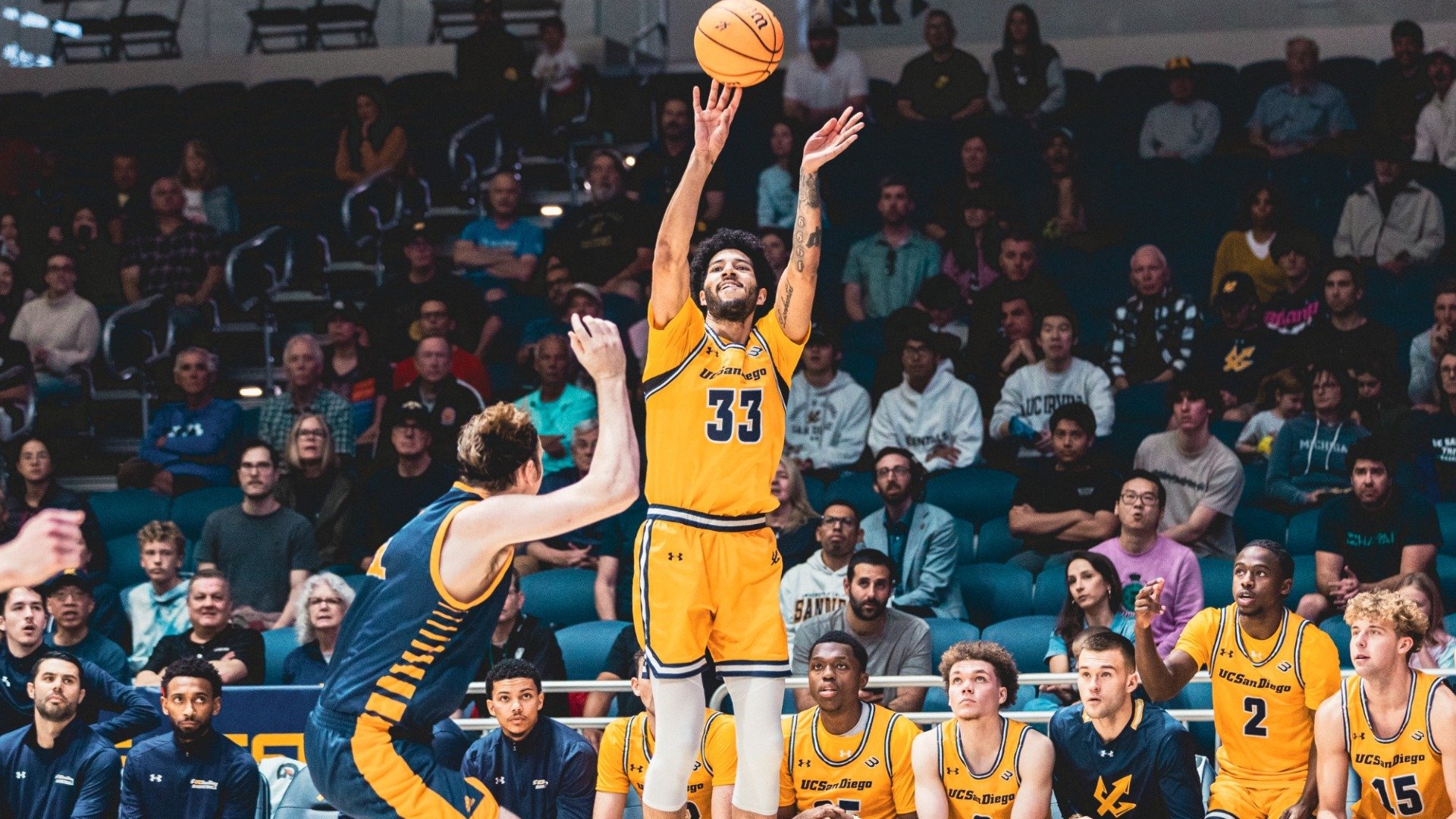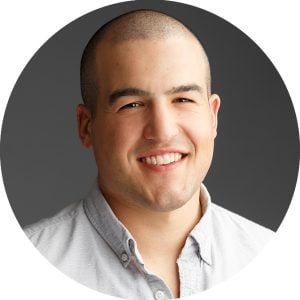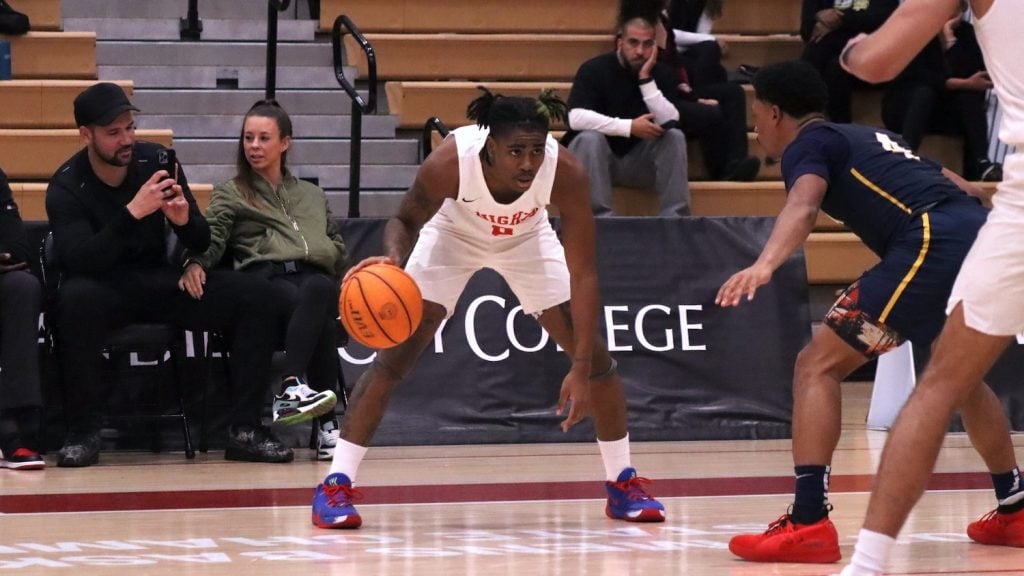LionTree Arena is the same, and so are the practices there. Head coach Eric Olen is on the sideline, as he has been for 20 years. And UC San Diego remains one of the best universities on the planet. But the UCSD community is coming together like never before, and it’s not because of a groundbreaking research paper.
For the first time in school history, the men’s basketball program is eligible for the NCAA Division I basketball tournament. Affectionately and better known as March Madness, it’s the single-elimination tournament for the national championship that pits powerful “blue bloods” like Kentucky and Duke against mid-major “Cinderellas” like San Diego State University and, now, UCSD.
“I think everybody’s excited about the opportunity to play in the postseason and be in that win-or-go home environment,” Olen said before a recent practice session. “There’s really nothing else like it.”
In 2020, the UCSD men’s basketball program transitioned from Division II to the Big West Conference in Division I, the highest level of collegiate sports. NCAA rules prohibited UCSD from postseason play during a four-year “reclassification period.” This didn’t stop the team from acting like a postseason team.
They went 21-12 last season, their best showing in Division I so far, and finished second in the Big West. Had they been eligible, UCSD would have needed to win just two games in the conference tournament to book their first-ever trip to the NCAA tournament.
“I think our guys did a great job during the period where we didn’t have [postseason play],” said Olen, who became head coach in 2013 after serving as an assistant for nine years. “It was a little bit of that light at the end of the tunnel, that purpose at the end, like, ‘This is what we’re working towards, this is what we’re working for.’”
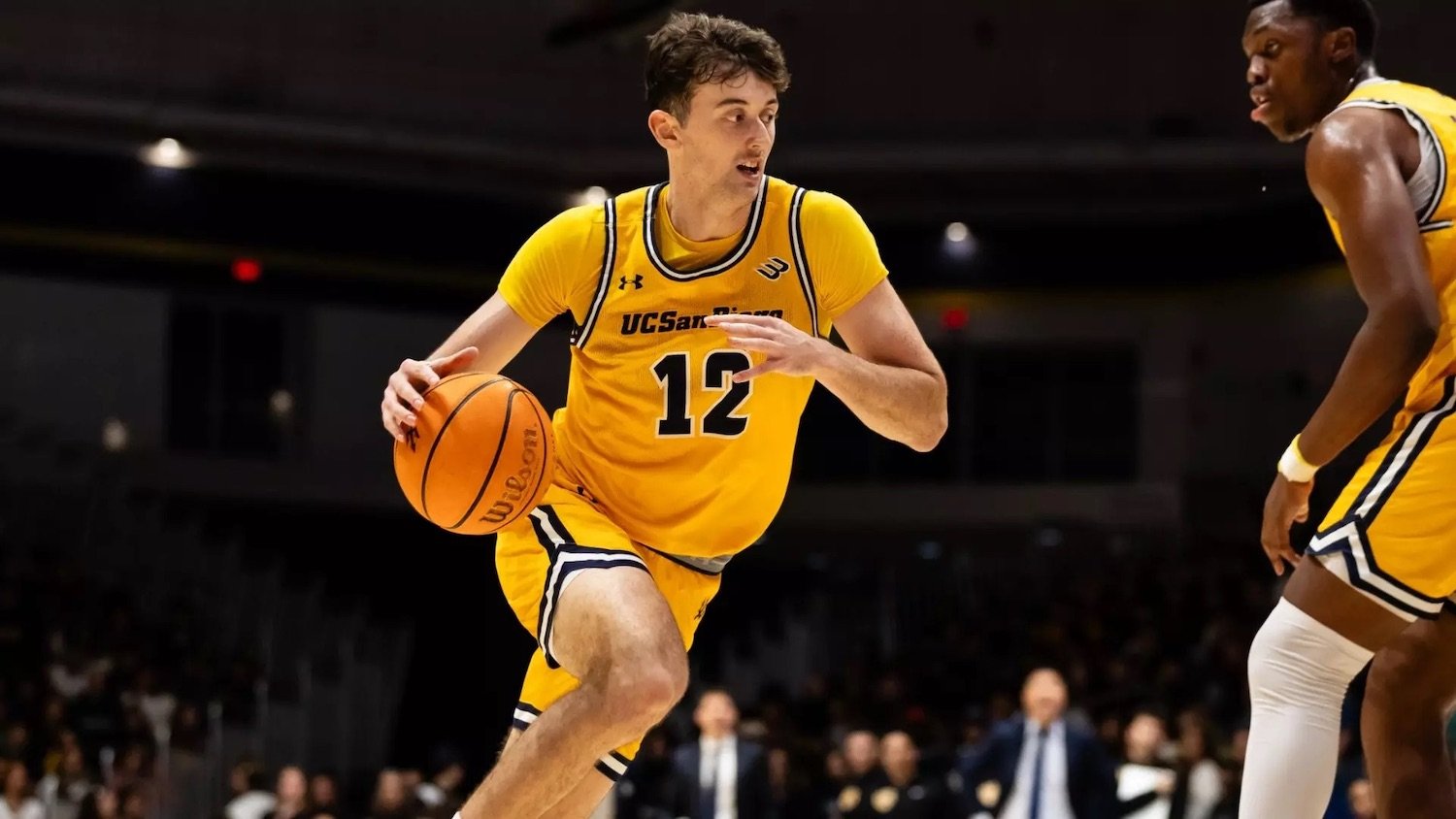
Forward-guard Aniwaniwa Tait-Jones
To build on that success, the team will need returning senior Aniwaniwa Tait-Jones to show why he was named to the Big West Preseason Coaches’ Team, though Tait-Jones brushed aside the significance of that recognition. “We’ve got a pretty new group of guys coming in, and it’s my last year, so I just want to be a leader out there,” the New Zealand native said. “A goal of ours is to win the league and go to March Madness this year and get out of the first round.” That won’t be easy, not with former Triton star Bryce Pope now at the University of Southern California as a graduate transfer, but the versatile Tait-Jones did rank among team leaders last year in points, rebounds, assists, and steals.
When asked if the campus is anticipating the upcoming season, which starts November 6 at SDSU, he beamed and seemed relieved to talk about his classmates rather than himself. “I just saw some students yesterday and they were super excited for the year and they were saying, ‘Oh, we’re going to make March Madness!’ I think there’s a real buzz around campus. I think everyone’s excited for the year and we’re all excited for it.”

This year’s homecoming being the first that revolves around the team’s home opener—the November 9 tilt against Pepperdine—indicates it’s a new era at the school, one that is known far more for its Nobel Prizes than for its championship trophies. (As if the nearby “Nobel Drive” left any doubt.)
The architect of the rise of sports at UCSD is athletics director Earl Edwards. On the job since 2000, Edwards has guided the school’s 23 sports programs from the depths of Division III, where no conference welcomed the school and few others wanted to play it. UCSD was too big, too resourceful, and its teams beat up on schools whose enrollments rarely eclipsed 2,000 students.
“We had a lot of success [in Division III], but we wanted to be an extension of the university as a whole. Everything we do at UC San Diego is about the pursuit of excellence. So it became more of a discussion of, ‘Why don’t we have an athletic program that reflects that?’” Edwards said, though, like Tait-Jones, he invariably credited others.
“The students were the ones that created the impetus for Division I because as they looked at UC San Diego, and they looked at other high-profile schools, athletics was the missing denominator. So then students came to us and said, ‘We’d like to move to Division I.’”
Like a proud parent that refuses to play favorites, Edwards offered highlights beyond the men’s basketball team: The baseball team that won the Big West Conference championship. The women’s rowing team that took second in the Coastal Atlantic Association conference championships and whose coach, Colin Truex, won CAA’s Coach of the Year award. The fencing team that regularly sends athletes to the national championships.
In all, 21 of the school’s 23 sports teams would have participated in postseason competition last year if not for the NCAA’s prohibitions. But Edwards seemed most proud of the “scholar-athletes,” as they’re called at UCSD, having a higher grade-point average than the school’s general student body.
But if the poets and quants on campus are resentful of the ascendance of sports, then there’s little indication of it. In fact, UCSD Chancellor Pradeep Khosla was selected in March to serve a four-year term on the NCAA Division I Board of Directors to represent the Big West Conference. It’s one of the most influential governing bodies in American sports. Through Pradeep, UCSD is now a power broker in collegiate athletics. This institutional backing isn’t lost on Edwards. “Now that we’re Division I—looking at the branding, the messaging, the signage around campus—it’s definitely a D-I program in terms of the overall support and enthusiasm,” he said.
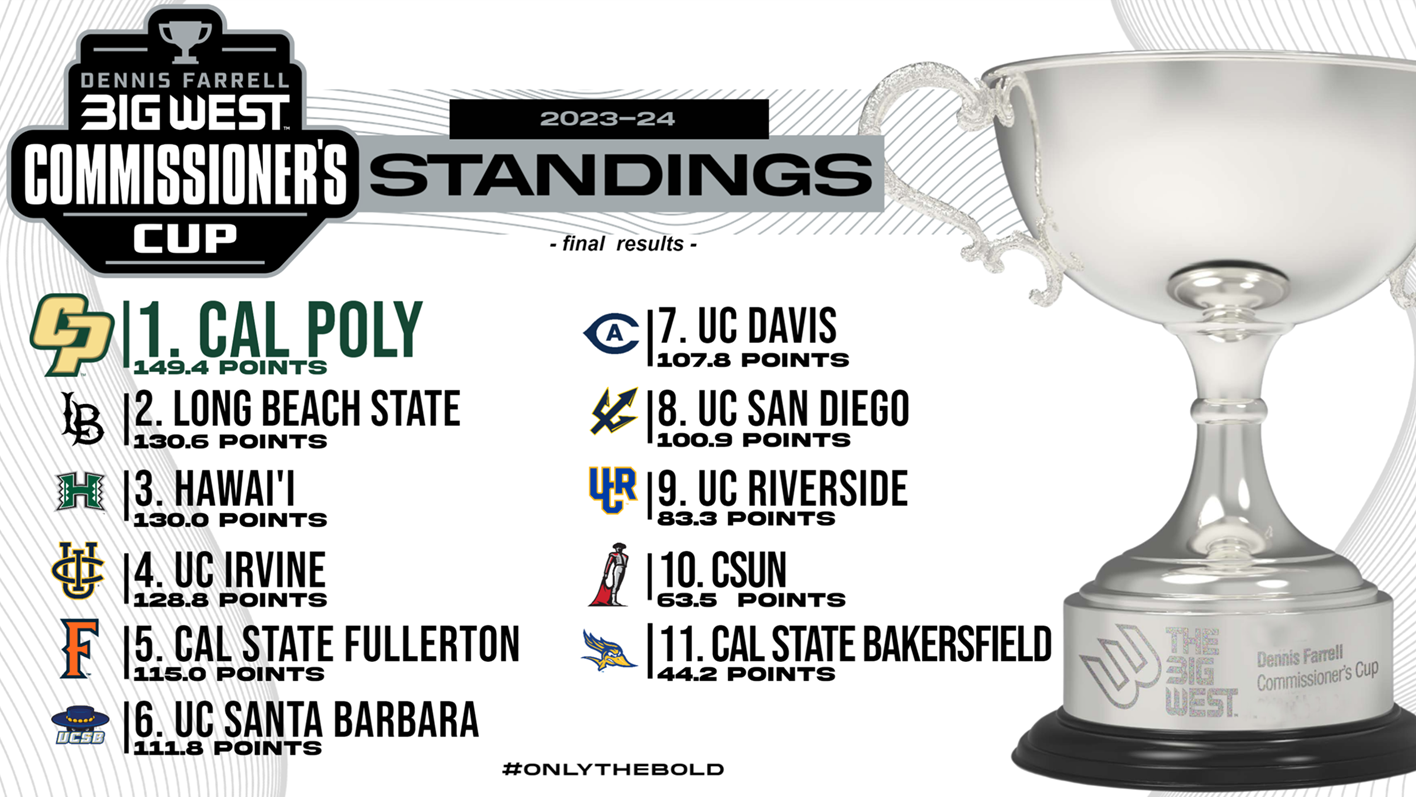
Merely getting to Division I was not the goal, though. Edwards wants the school to compete every year for the Big West’s Commissioner’s Cup, which is awarded annually to the university with the greatest success across all sports, and he wants the men’s basketball team playing in the NCAA tournament every year. “I expect that March Madness will be part of who we are,” he said.
PARTNER CONTENT
It’s an ambitious, if not astonishing vision for a university long perceived as a sleep retreat for academics. Edwards even wants San Diego to one day replicate Philadelphia’s legendary “Big 5” of University of Pennsylvania, LaSalle, St. Joseph’s, Temple, and Villanova which compete every year for the best college basketball team in the city.
Along with SDSU and the University of San Diego, there are now three Division I programs within a trolley ride of each other, and the newcomer to the party is planting its flag. “The respect that we’re getting now at UC San Diego, they recognize that we’re forced to be reckoned with.”









